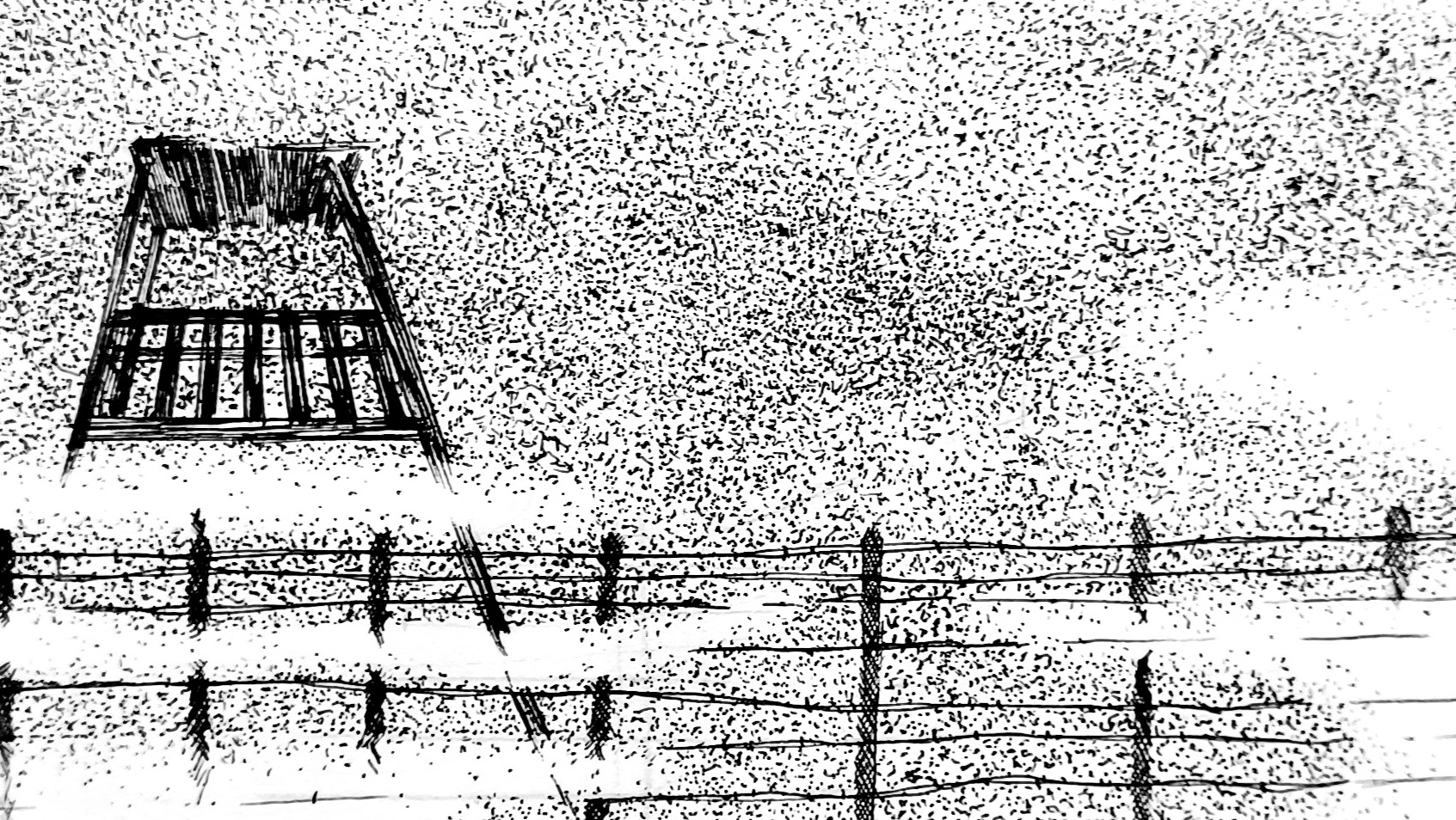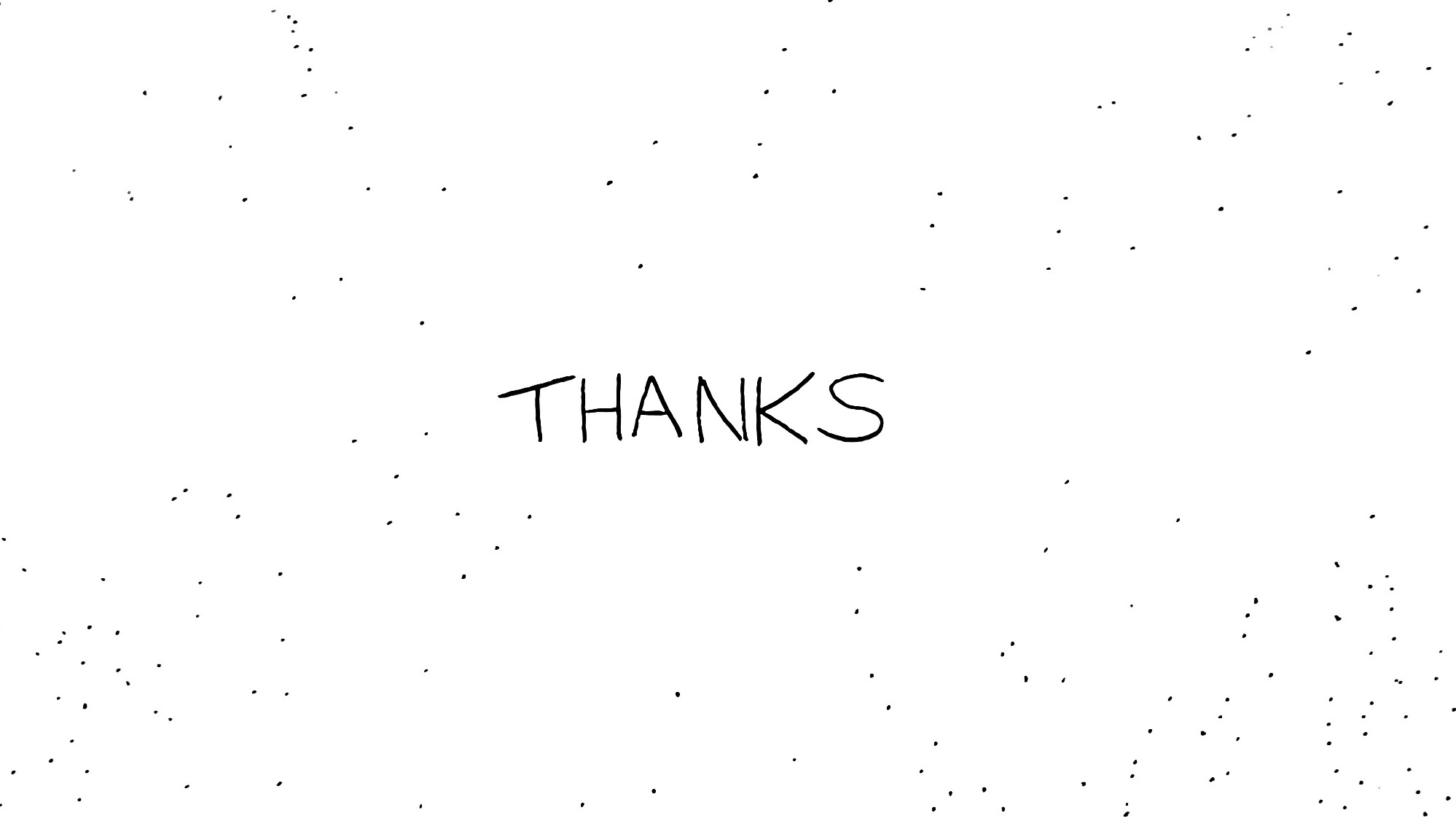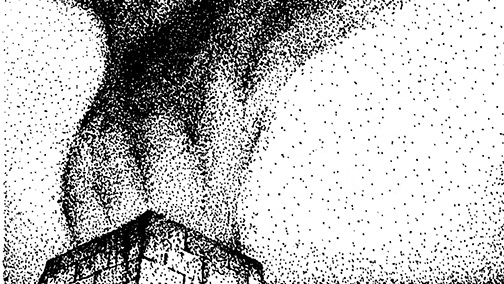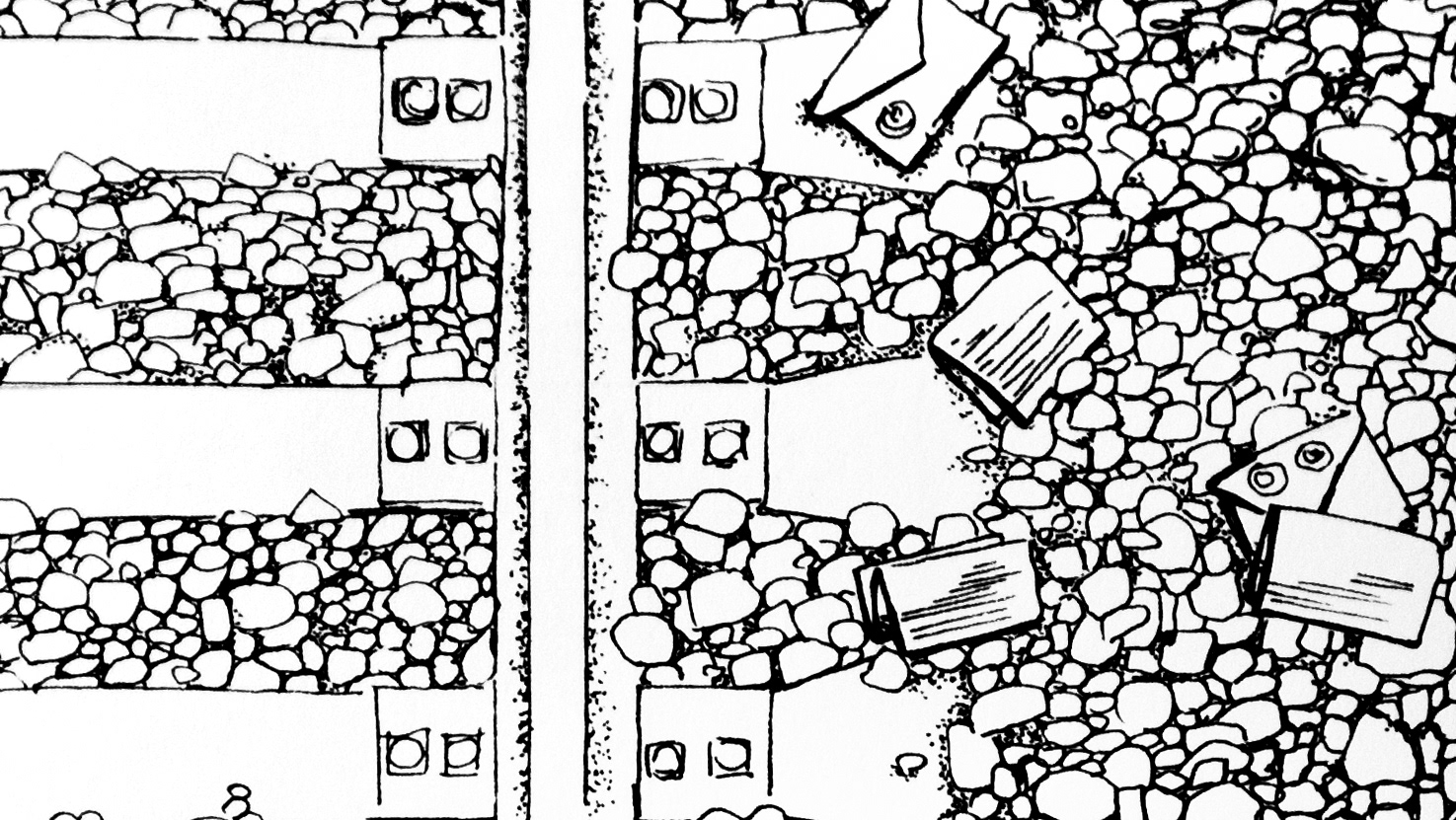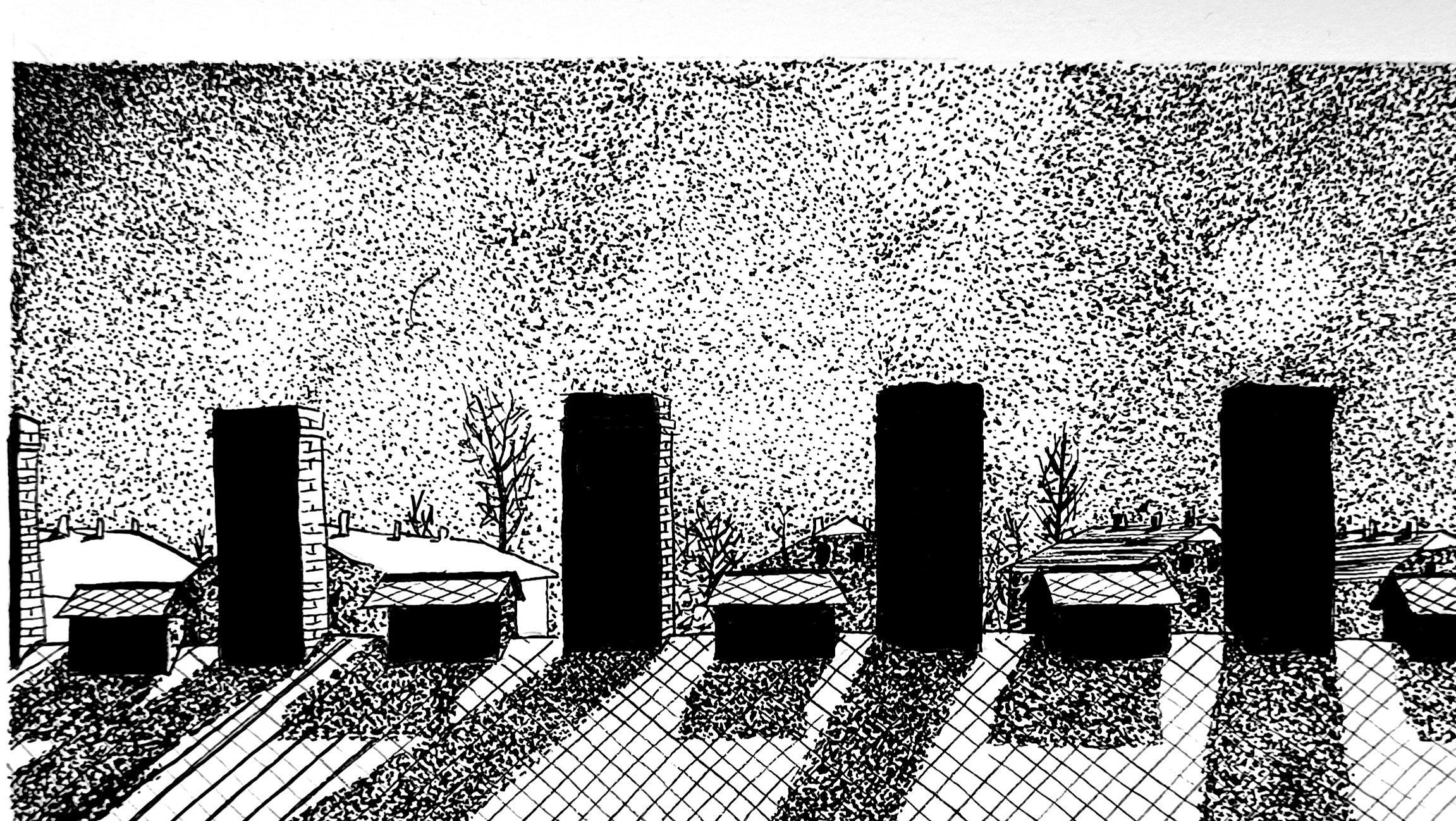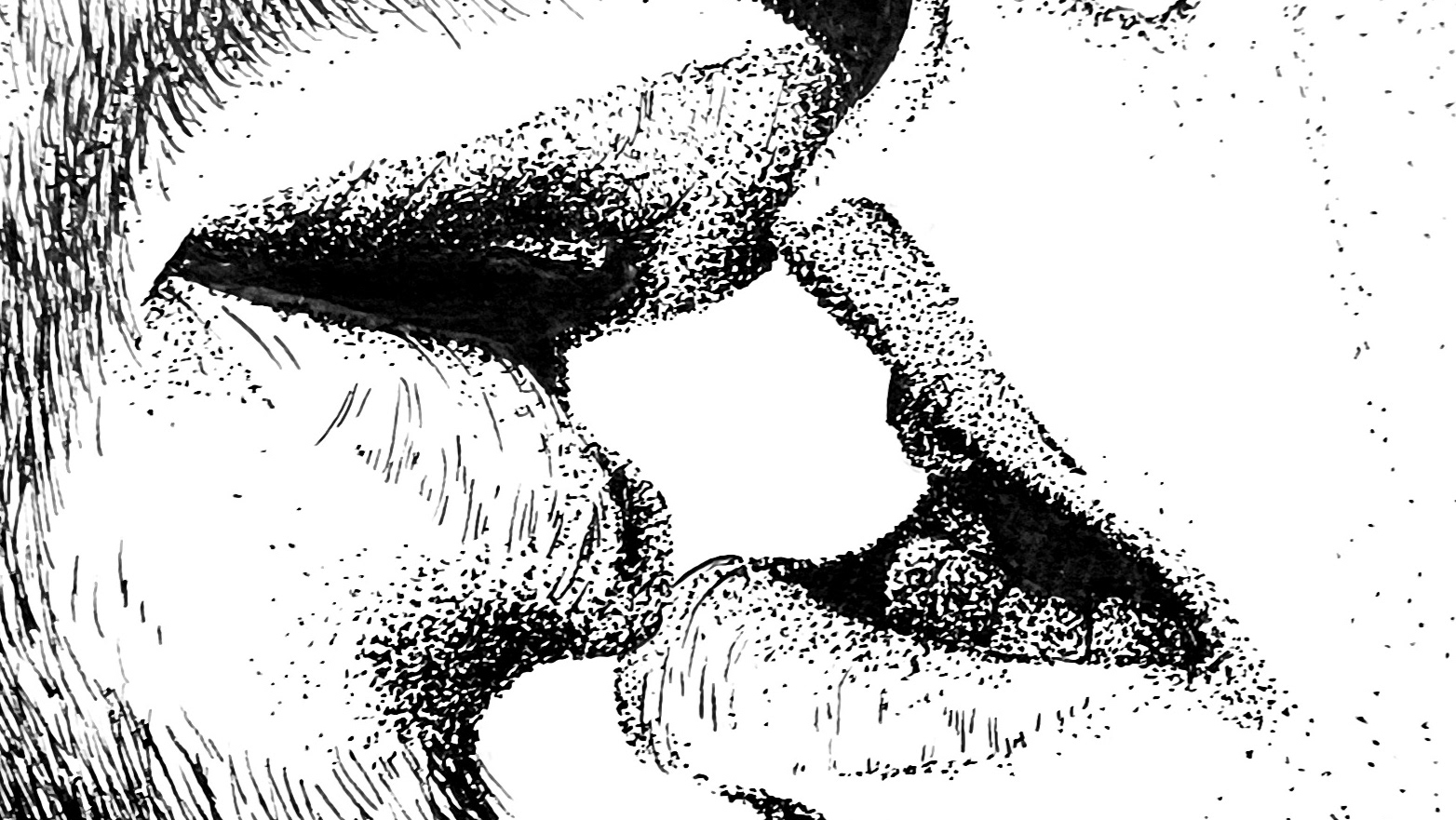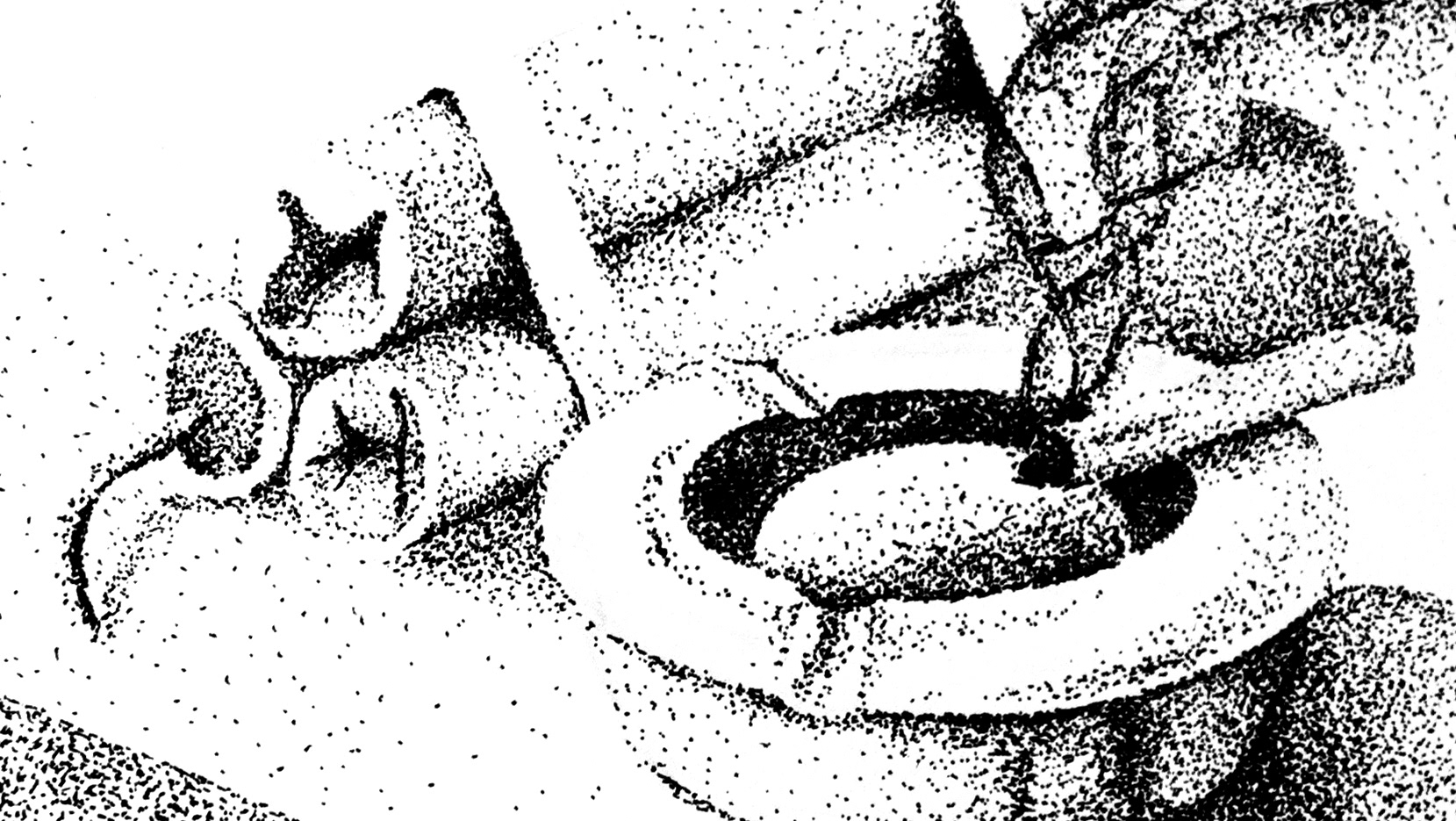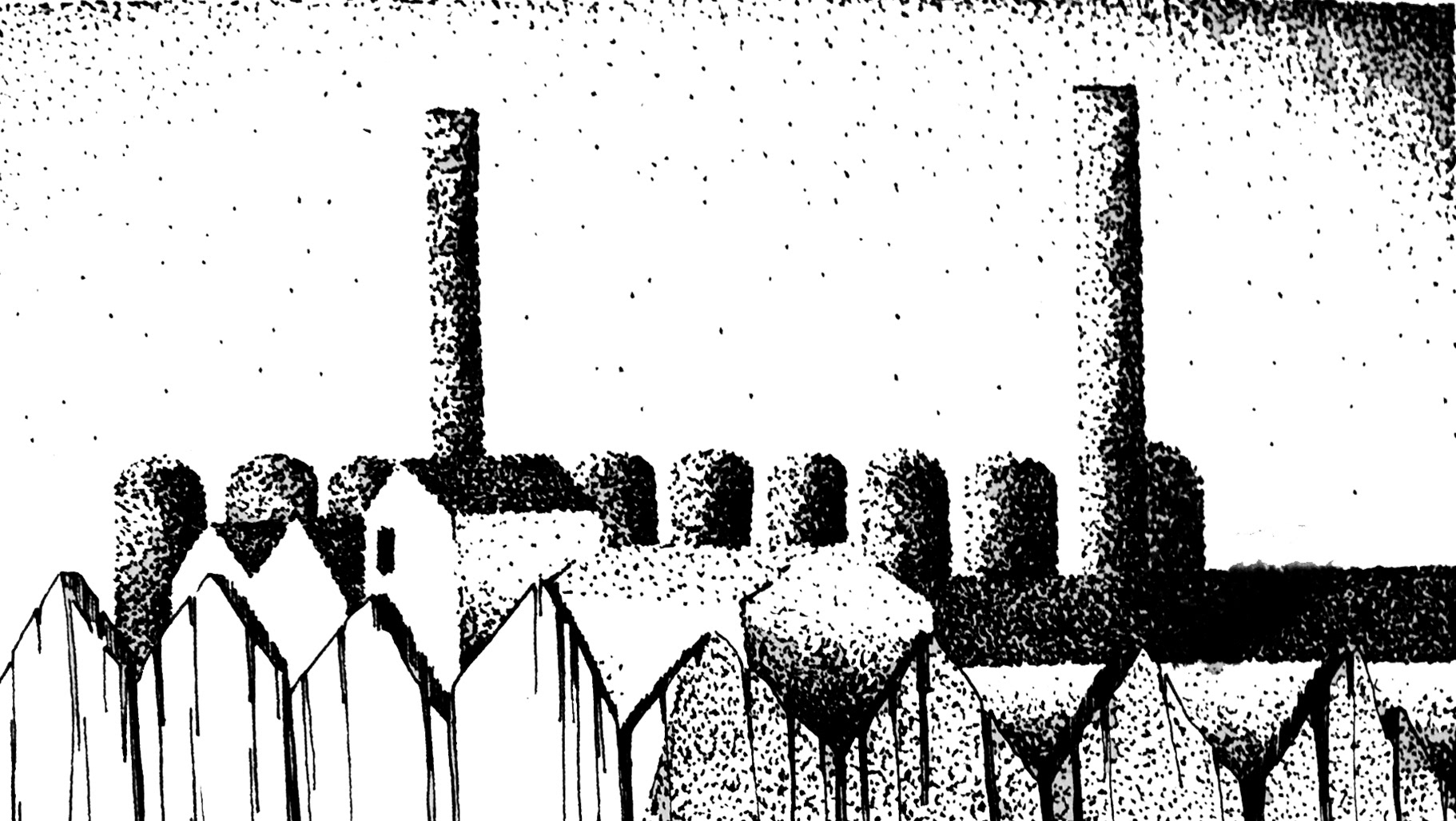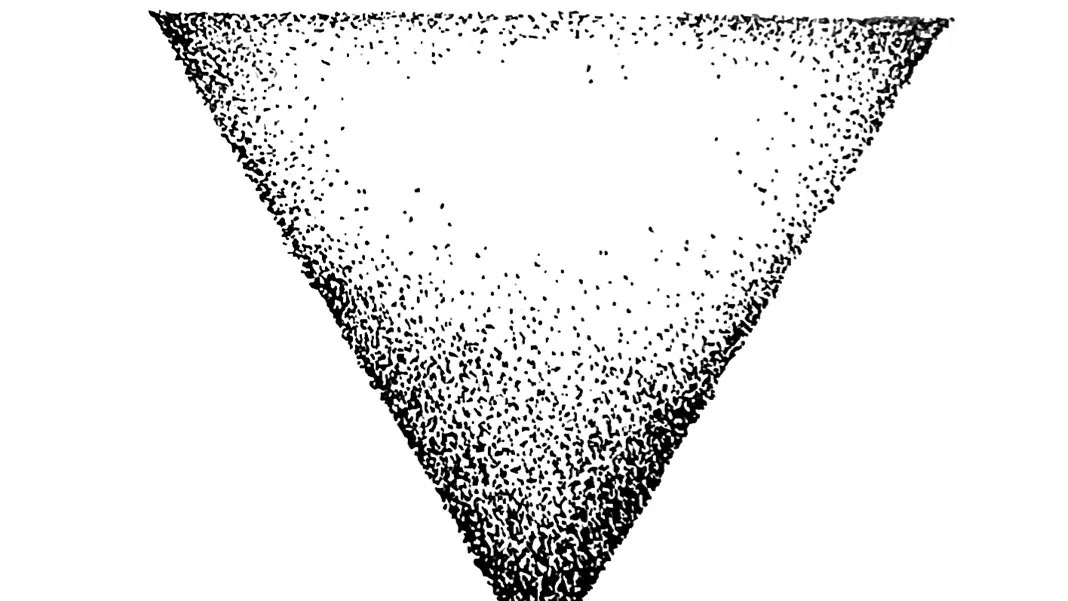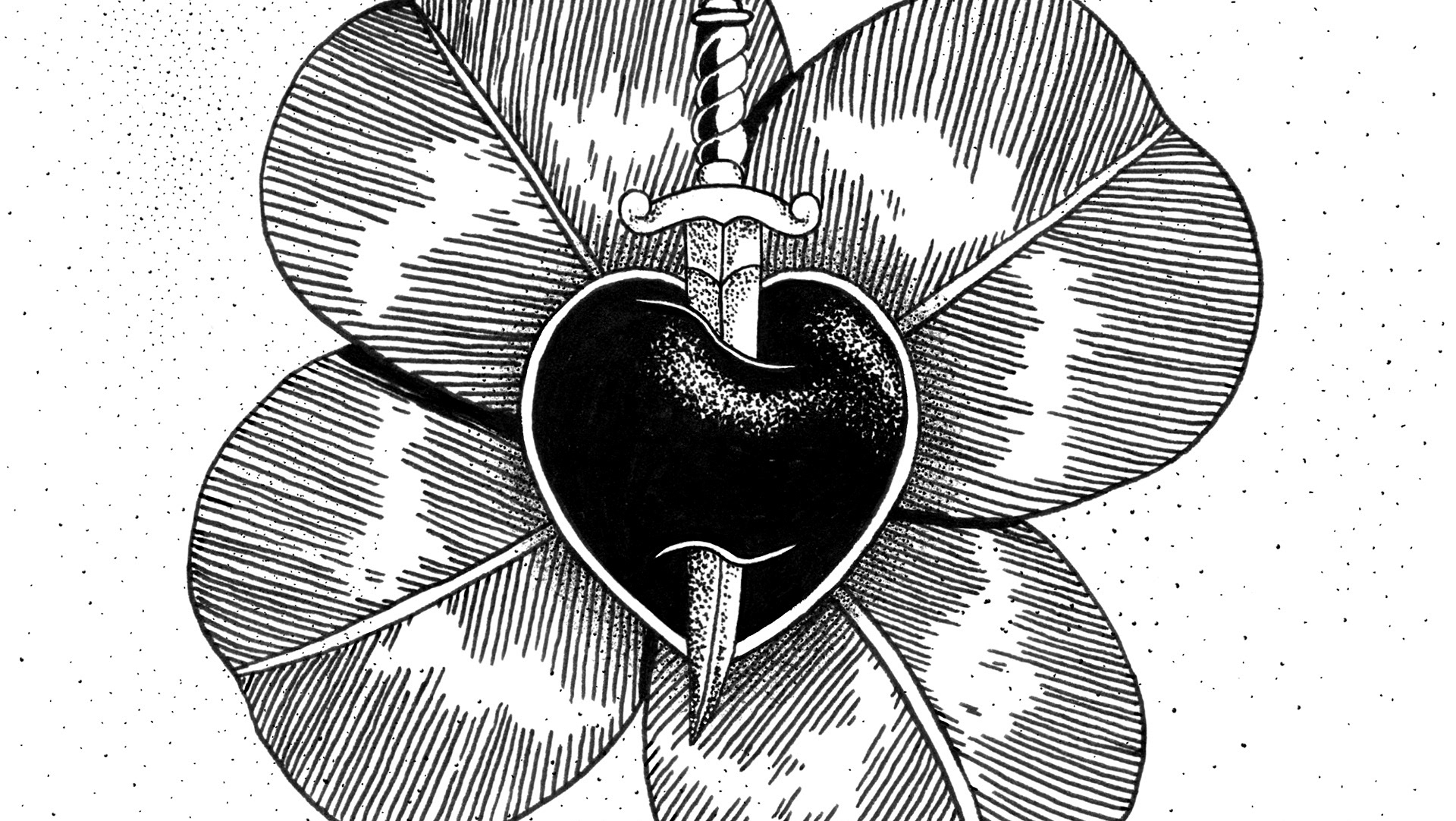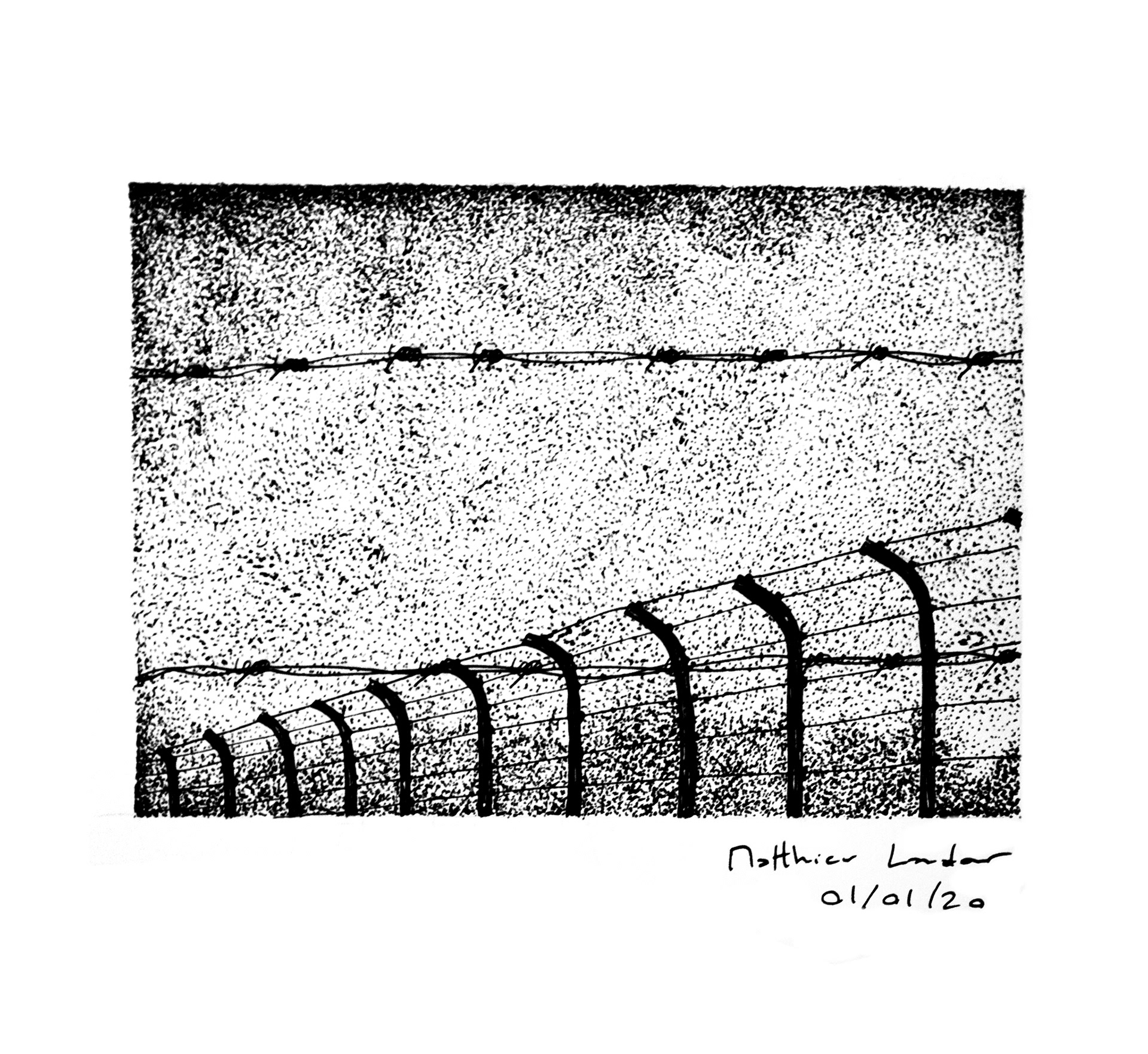
barbwires
Today is a day in the beginning of February 1943, Eugene Garnier needs to get in contact with the 31000.
First, he needs to figure out where they are. They are most likely to be in Birkenau, but Eugene is already in touch with some women there.
In the morning, he waits just like everyone else during the roll call. It is long and cold, around minus 4 degrees. This might be the worst part about this place, the endless roll calls. Eugene thinks about all the different things he will tell the 31000. He wants to tell them about their singing when they arrived, how inspirational it was. Maybe he should warn them about the kommandos. On the other hand, Eugene has a million questions for them. What's the situation with the war? Do they know if the Soviet Unionns are holding against the german? Is stalingrad in trouble? Are the americans involved now, or are they only fighting in the Pacific? A million questions.
But in case he can only say a few words, he decides he'll tell them that: we are here with you. What can we do to help?
Back in 1941, Eugene was a well known activist figure. He participated to the 1930's strikes, lost his job for his values. He led a political career, became secretary of the communist section of the city of Flers (in Normandy, south of Caen). As the communist party was forbidden in France, Eugene kept on leading a small group, yet in clandestinity. When France lost the war, he understood quickly that resistance would need to start early, and that it would need to take multiple forms.
Resistance means gathering. You can't achieve anything alone, so Eugene created one of the first triangles of resistance in the region. 3 people in each triangle, nothing more, so to limit big arrestations. Resistance also means informing, Eugene and his triangle printed and distributed tracts to give their point of views on the situation in France, about what was happening with Soviet Union and other countries. Those informations simply weren't available under France occupied Germany. Sabotaging is also a key element in being a resistant. Anything slowing down the german army, or the war production, can be helpful to defeat the germans. Eugene was also part of sabotaging elements and in october 1941, he met with Pierre Georges to provide him explosives. Pierre Georges, who would later become the famous colonel Fabien.
But Eugene became himself too visible, he knew the police was after him, after his family, after his friends. He could have run, but he didn't want to pose too much of a threat to his family. So Eugene gave all his printing material to a colleague, so the organisation could carry on without him. On the 18th of October, at 6 o'clock in the morning, the police knocked at his door, it was the end for Eugene.
In Royallieu, Eugene prepared himself and the others to any possibility. Their group was strong, very well organised, they even managed to have a dozen people escape through a tunnel, including Georges Cogniot, the redactor in chief of the "L'Humanite" newspaper. They prepared for what would be next, they knew deportation was a possibility, they saw the entire jewish section of Royallieu emptying in early 1942. They didn't know where they would be deported, but they knew they would be next in line.
But they couldn't have prepared for Auschwitz, how could they? Almost all their friends from the jewish part of the Royallieu camp had already perished in the first weeks, murdered. The camp was gigantic, the violence at every corner. Shaved, the 45000 could barely recognise each other, and they all got separated in several kommandos. Scattered, the organization was wiped entirely. So many died in the first months, so few remained, most of the heads of the groups were murdered, Eugene himself barely remembered how he survived the first months, yet he did survive. Surviving is another way to resist.
In December 1942, Eugene met again with Roger Abada and Roger Pelissou. For the first time in months, they talked, they made a list of who passed, who survived, where everyone was, who needed extra food, who could give some of his water. For the first time in months, the 45000 gathered again, they recreated their group. They gave each other tasks, Eugene's was to get in touch with the women.
And they met other groups. Robert Lambotte was another survivor who gained energy thanks to the austrian resistance, parly led by Hermann Langbein and Karl Lili. They believed he could be strong enough to survive and become a key element to the french resistance Robert has no intention to disappoint them. Georges Guinchan had been treated in a similar way by the polish resistance, he survived too and helped another group of 45000. Just like that, they connected the dots, and the different organisations of resistance met with each other. It was a start, people meeting with each other, helping those who needed help. An international committee. Protecting and gathering are ways to resist.
Back to the present, once the roll call is over, Eugene can enquire about the 31000. He learns they are in quarantine, in block 14. It already would have been difficult to to get in touch with any women in Birkenau, yet the quarantine makes everything even harder. It's going to take weeks before the 45000 find a way.
But the way has already been found. By Danielle Casanova herself. She may have been separated from the 31000, yet she is active, already creating her own resistance network. She got in touch with 2 women, the slovaque Malhova and the german Schneider, slovaque and she transmitted a message to the international committee
The message is simple: We've arrived. What can we do to help on our side?
Hope just came back to Eugene.
Notes
Thank you for listening to this episode of 31000/45000, the story of 2 trains of french members of the resistance. My name is Matthieu Landour Engel.
This episode was about Eugene Garnier, and the resistance organisation within Auschwitz-Birkenau.
Eugene Garnier is a major narrative issue to me. Many 31000 witnessed Eugene was one of the first contact with the 31000, yet other 45000 were also in touch, like Pierre Monjault, Albert Morel, Giobbe Pasini, Rene Demerseman, Henri Marti, Georges Gaudray, Henri Gorgue, and others. Now the first contact most likely came from Danielle Casanova, who got in touch with the international committee very quickly, gave informations about who was present in the 31000 convoy, which would matter as many 31000 and 45000 were related. I don't have any way of proving if Eugene was the first 45000 to receive the first news from the 31000, not do I know whzt rhe first message was. I chose Eugene Garnier because he is the 45000 whom the 31000 remember best, he took many risks to keep communication with the women, mostly as some 31000 reached Raisko.
Contrary to a wide belief, the resistance within Auschwitz-Birkenau was very important. It is true that upon arrival, the prisoners were either scattered or gassed, destroying any possible group of people at the start. that was the case with the 45000, who were almost immediately scattered, shattering their original hopes of resisting as a group. yet those who survived started to help other, then formed into new groups. So it may have taken some time, yet resistance groups appeared everywhere in the camps. The polish resistance was one the first, simply because they were the first to arrive in the camp. There were multiple groups, german, Soviet Unionn, french, some were not necessarily country based groups, even though speaking the same language was easier … But in a place like this one, medical help was one of the first duties of those groups.
A huge duty of those groups was to place people in various kommandos, sometimes easier kommandos if the prionner needed energy, sometimes also for removing other people. In the beginning, most heads of kommandos were green labels, which is the label for criminals, and for the most part, they were violent people. Removing them was an important mission, as it would also avoid violence for most prisoners. So there was for some time an actual battle between the green labels and the red labels, the political prisoner. That’s not to say that all red labels were pacific, some weren't, but removing the green labels did have an effect on the overall violence in the camp. This unfortunately made no difference at all in the carrying on of the extermination process of the european jewish population.
Escaping was another duty, and multiple escapes were made thanks to those groups.
Armed attacks also happened, but it was obviously far harder, simply because the SS were plenty, and they were the ones who were armed. The most spectacular attack was the Sonderkommando revolt on the 7th of October 1944, but i will get to it on a later episode.
All those groups later were unified as the Auschwitz combat group, in may 1943, preparing for a global uprising in the camp. that unfortunately didn’t happen, mostly because the evacuations started and later scattered once more the groups.
As for the 45000, it is important to mention those who helped with the creation of the french resistance group, people like Roger Abada, Roger Pelissou, Eugene Garnier, Robert Lambotte, Georges Guinchan, Guy Lecrux, Andre Montagne, and many more…
Hermann Langbein is an important figure of the resistance with in Auschwitz. He was an austrian resistance fighter, actor, member of the international brigades and righteous among the nations. Alongside with many other, like Ernst Burger, Jozef Cyrankiewicz, Tadeusz Hołuj, he put in place an important network of resistance, helps, sabotage and protection.
I have been trying to find Eugene Garnier’s relatives, unfortunately, my research was unsuccessful. If by any chance, you know of someone related to him please let me know, I would be very pleased to get in touch and make sure the text I wrote doesn’t contain any errors.
My sources for this story are the book le convoi du 24 janvier by Charlotte Delbo, A train in winter by Caroline Moorehead. My sources also are red triangles in Auschwitz, by Claudine Cardon Hamet, the website deportes-politiques-auschwitz.fr, memoire vive and the foundation for the memory of deportation website and the fantastic website auschwitz.org .
Thank you very much for listening, the next episode will be about Jeanne Herve, and the isolation of some 31000.
